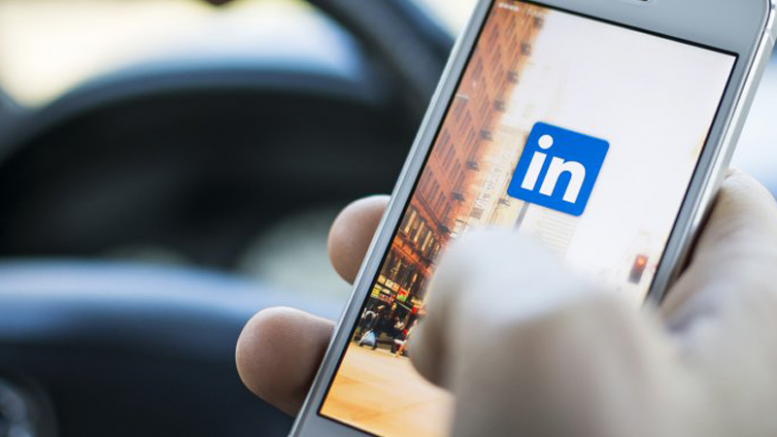LinkedIn is a wonderful tool that –when used correctly– can help you take your business to the next level or help you land that dream job. When used incorrectly it can quickly spell disaster for your company or for yourself, which is why it etiquette should play a huge role in your LinkedIn interactions. LinkedIn currently has over 300 million active accounts and has quickly become the go-to-site for professional networking, but despite the website’s popularity it is still very common for people to make these common mistakes.
Take it slow.
While it may be tempting to connect with a million people right after you’ve created your profile, it is best to approach LinkedIn connections the same way you would approach them in real life. Build your connections slowly and make sure you don’t hassle people with requests and notifications or you might find yourself blocked.
Have a great profile pic.
A great headshot can quickly break or make your profile and it will determine whether or not people think you are worth their time. Even though LinkedIn is meant to be a professional networking platform and not a dating website, the first thing people will notice when they look at your profile is your headshot and inappropriate or unprofessional photos are still very common.
Stay active.
If you’ve used LinkedIn to land that dream job, make sure to remain active after you’ve been hired. Even if you are perfectly happy in your current job, an active presence on the network can help you achieve a promotion quicker and it is highly important from the standpoint of building your own brand. Catching the attention of those headhunters does not hurt either.
Be wary of the numbers game.
According to the website itself, the primary goal of having a LinkedIn profile is to build professional relationships, which is a drastic shift from the focus of other social networks where the focus is to mainly keep in touch with friends and maybe share vacation photos. Remember that LinkedIn is not Twitter or YouTube where the number of followers or subscribers you have is more important than the actual quality of the contacts. It is far more important to have quality connections that will help develop your career; remember that this is not a popularity contest and the ultimate objective of LinkedIn is not to amass a large following

